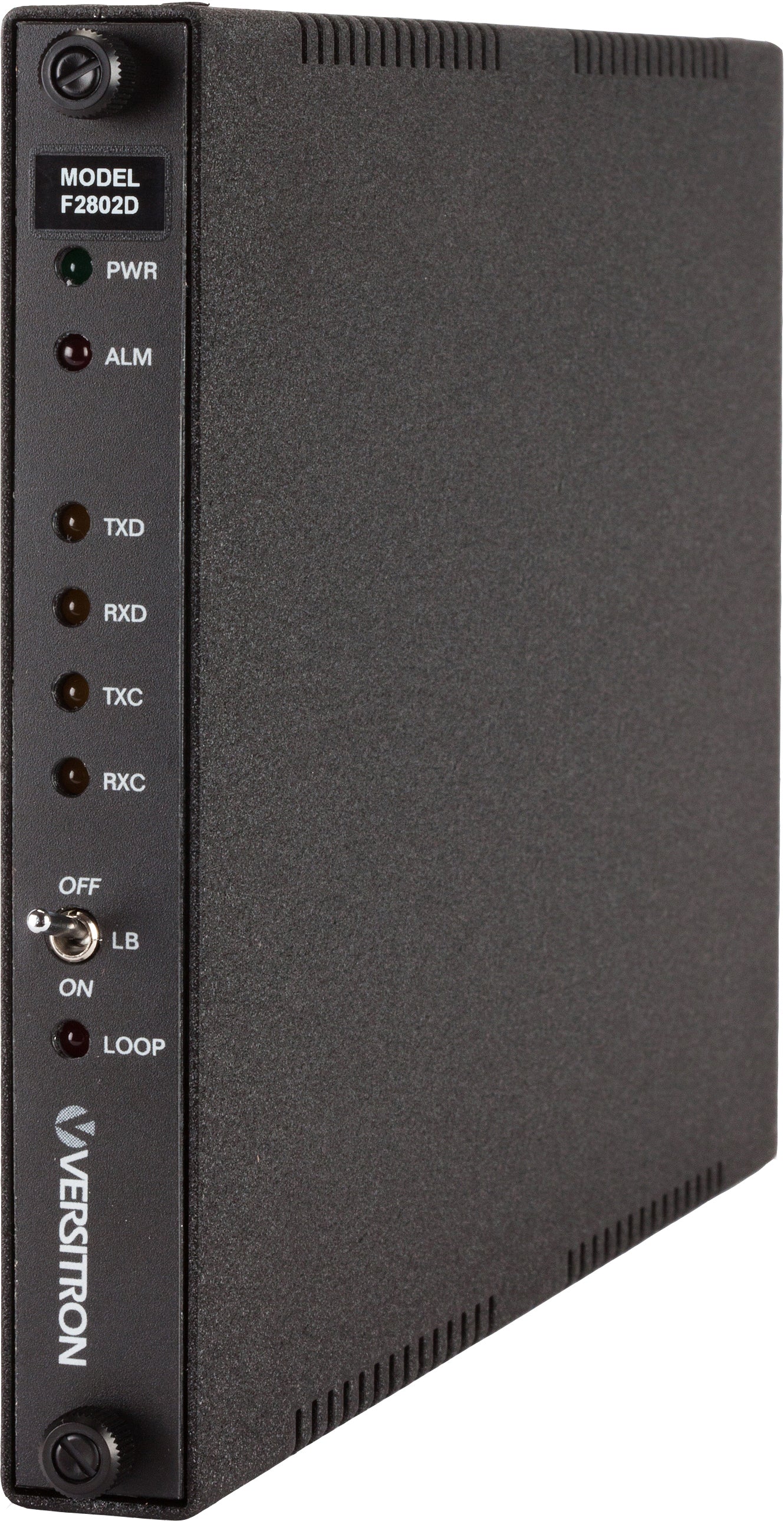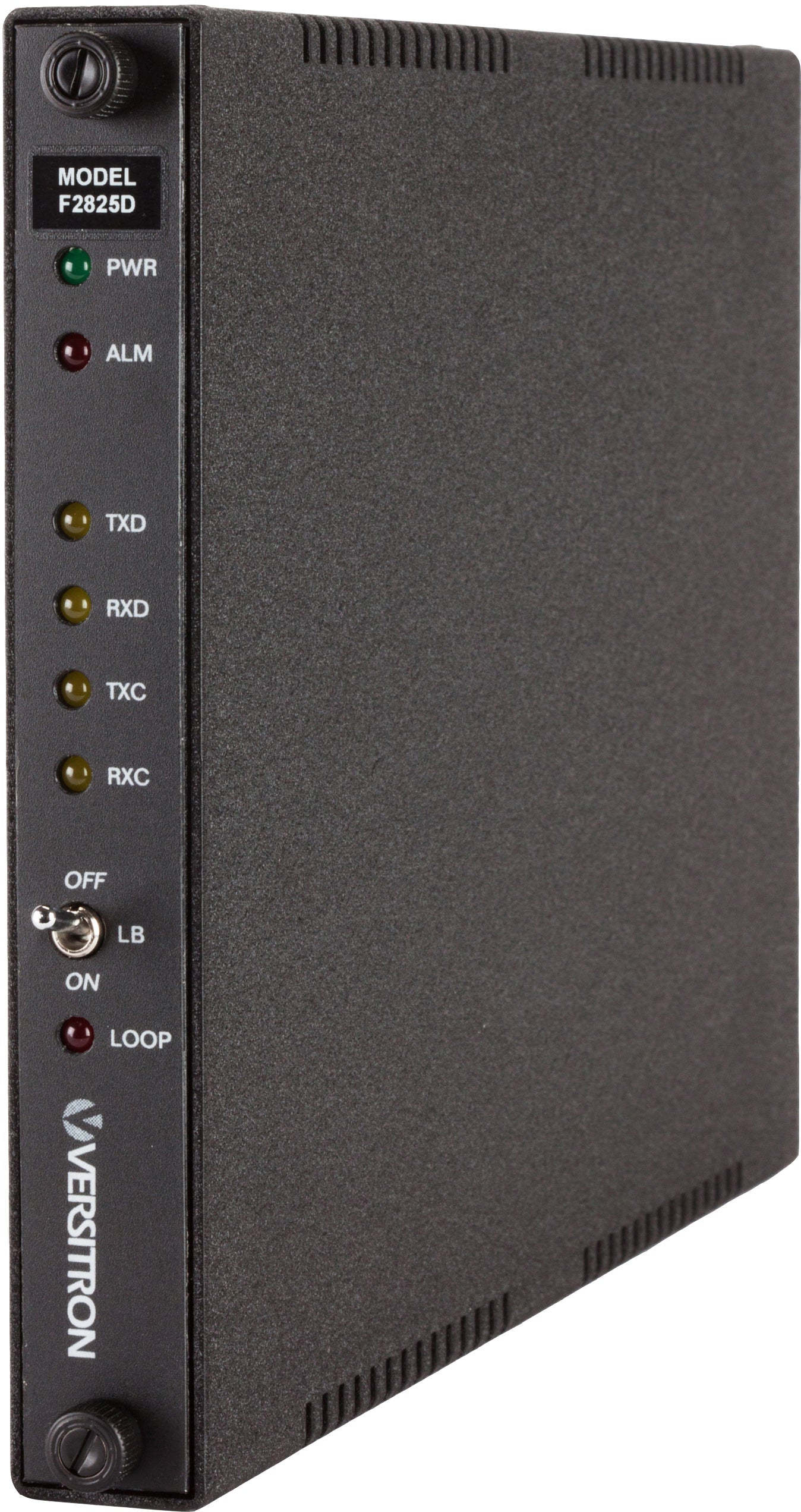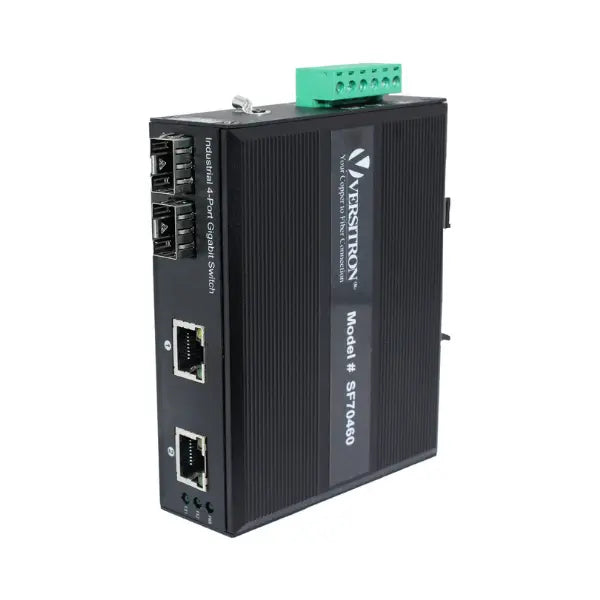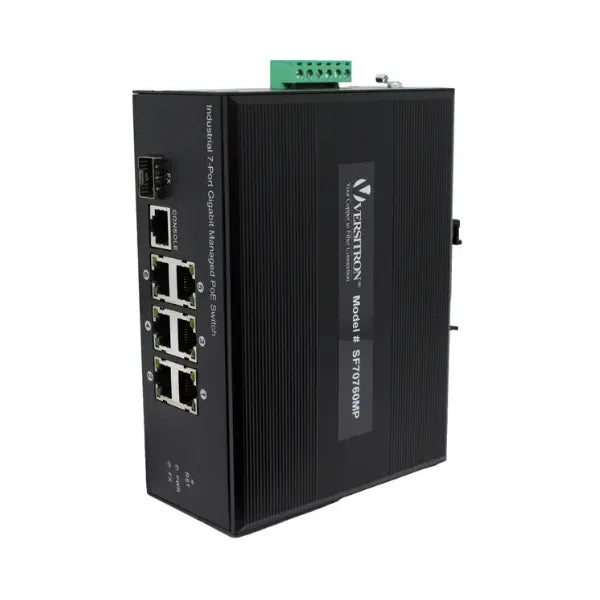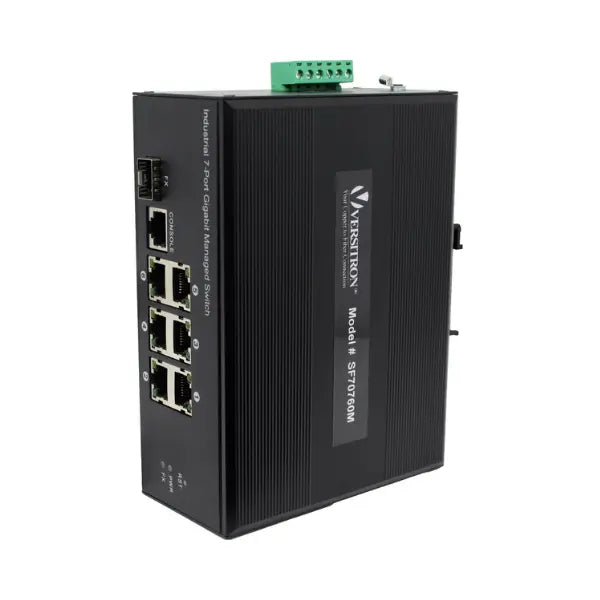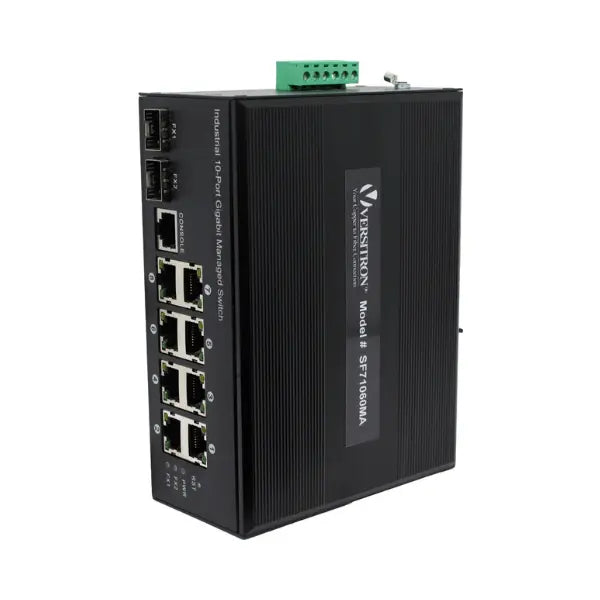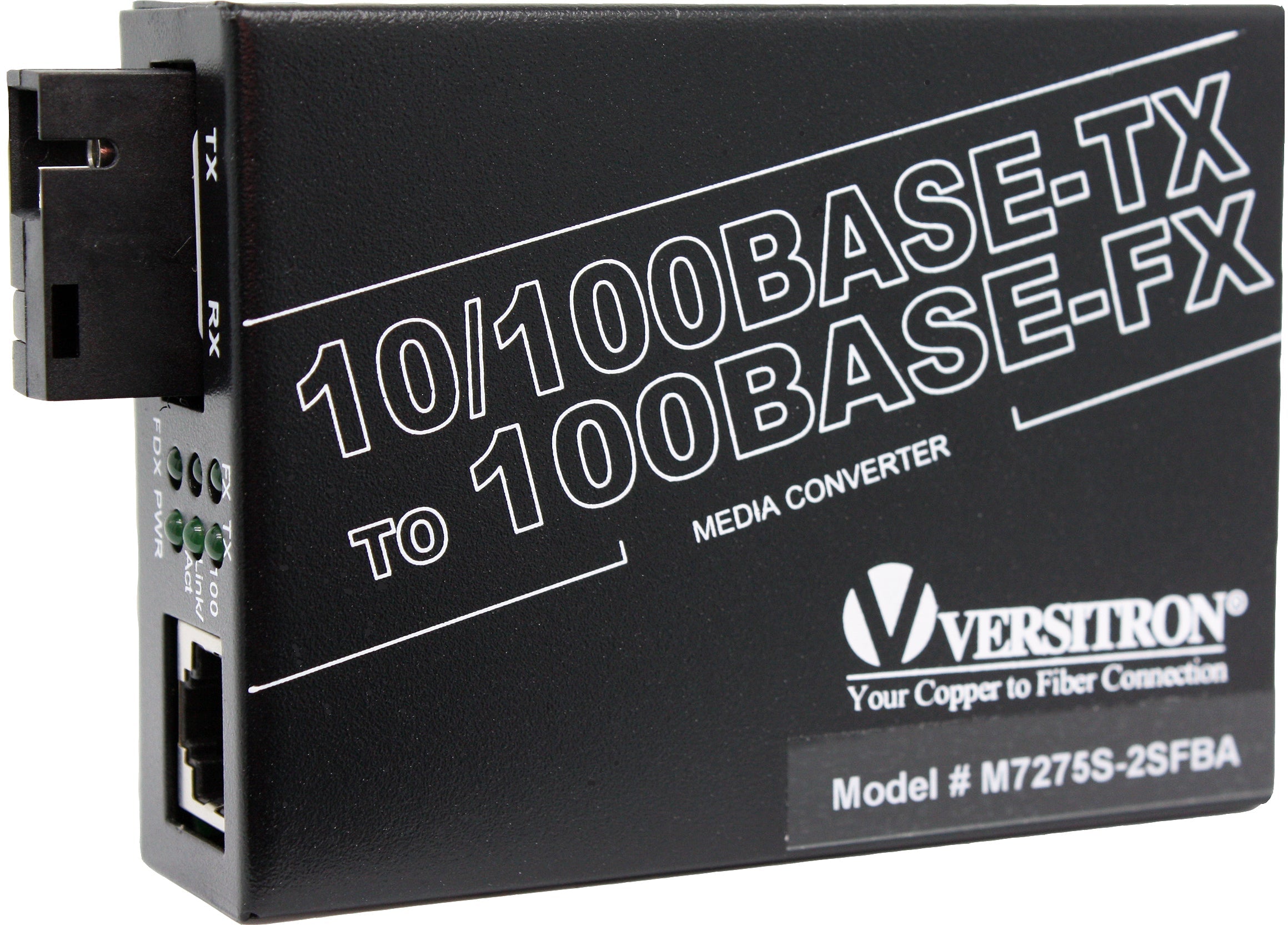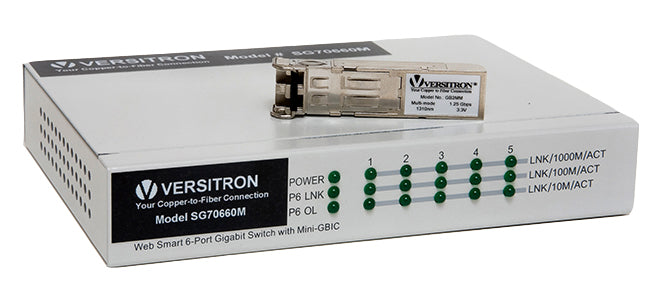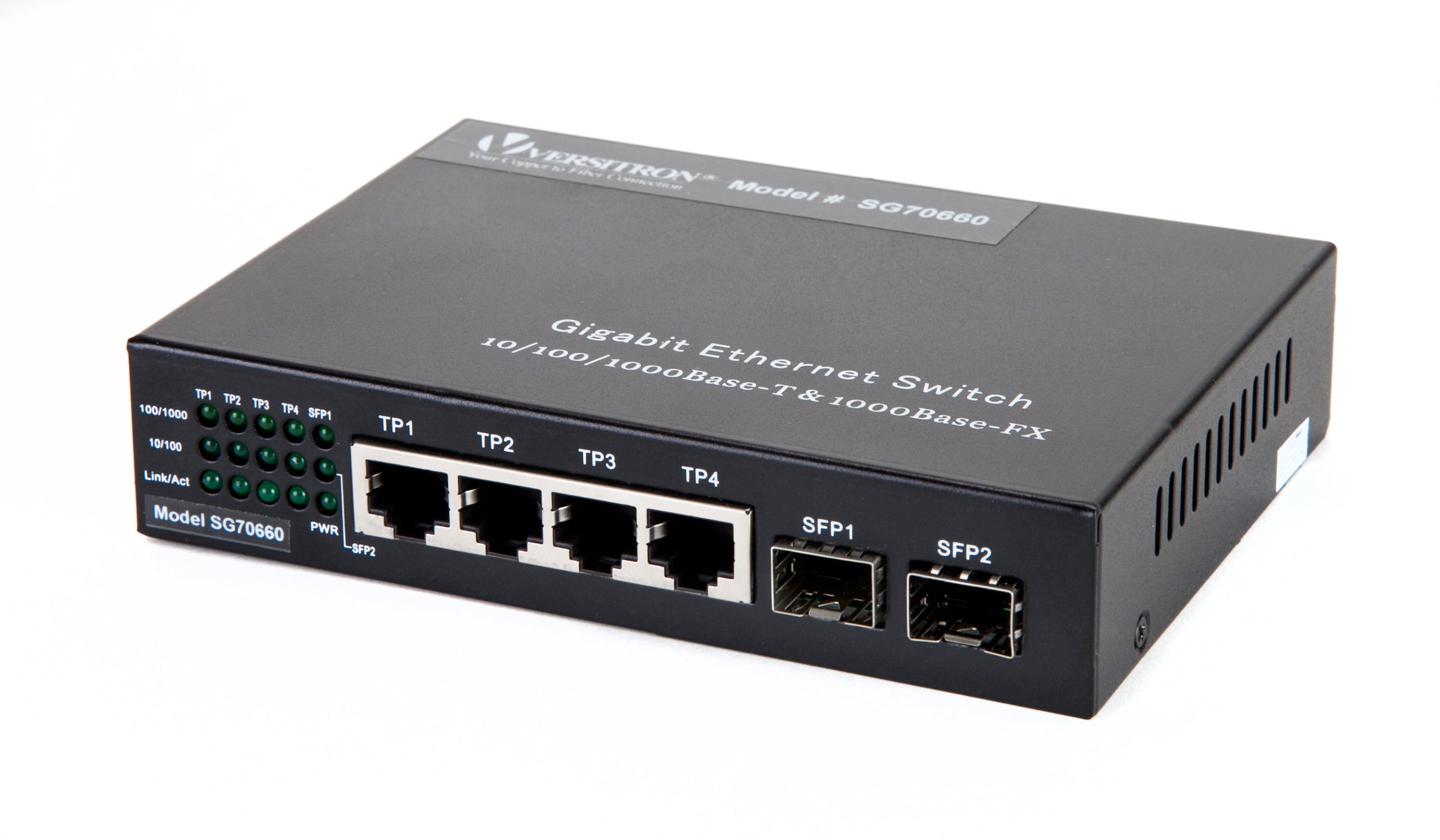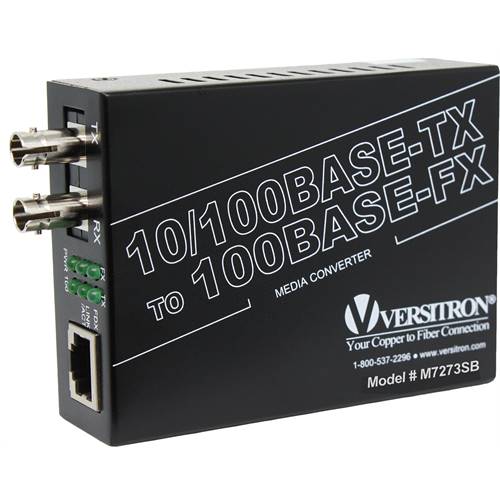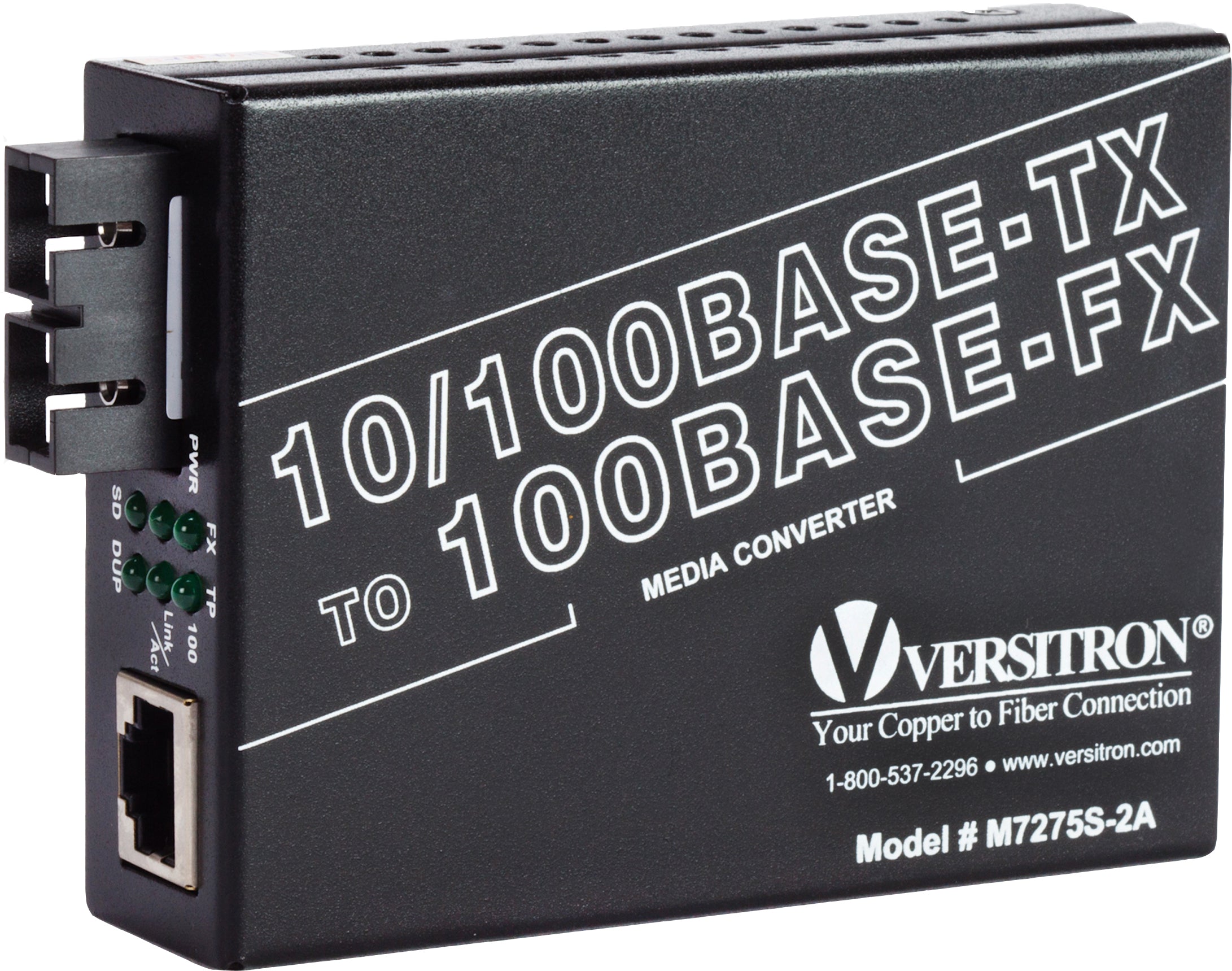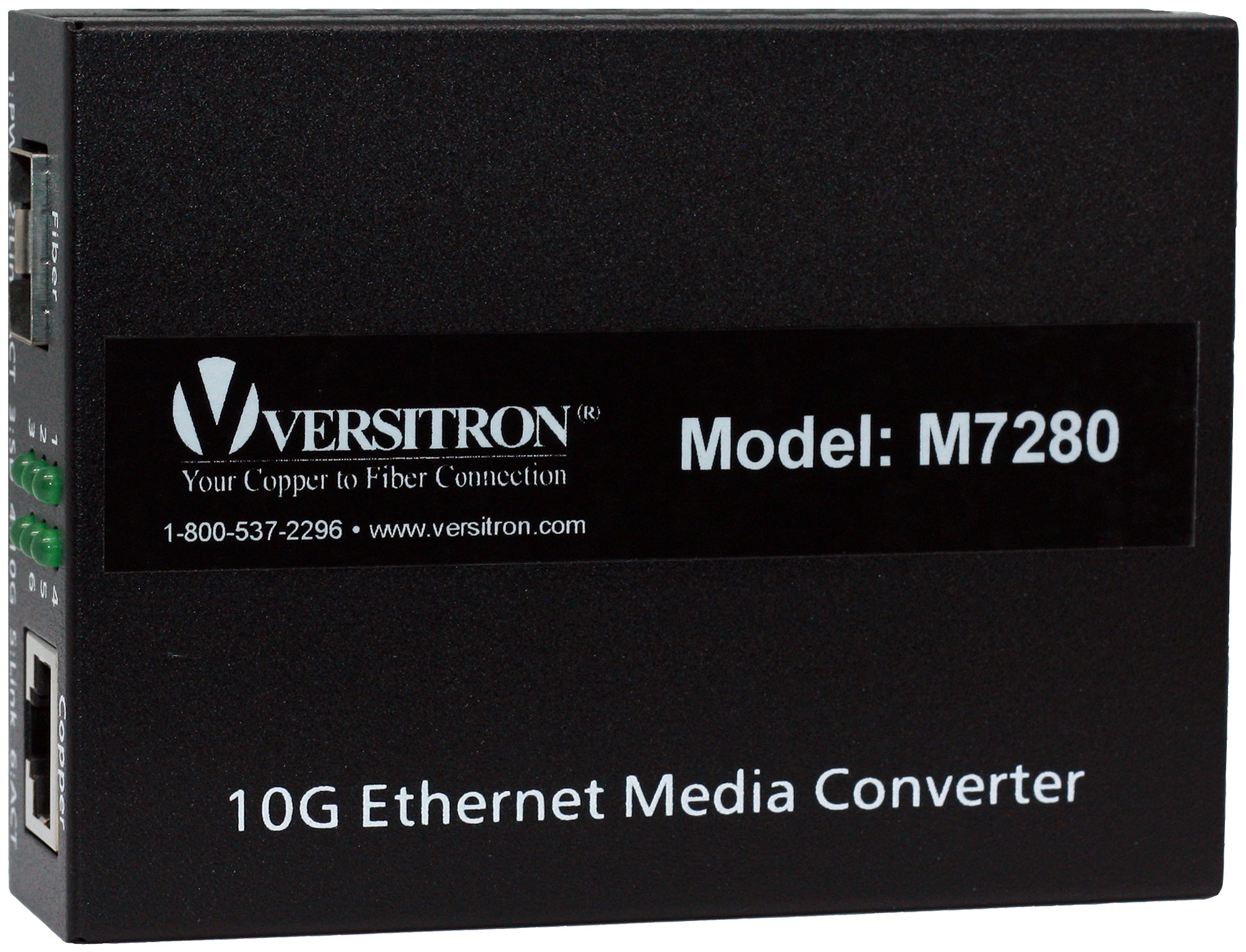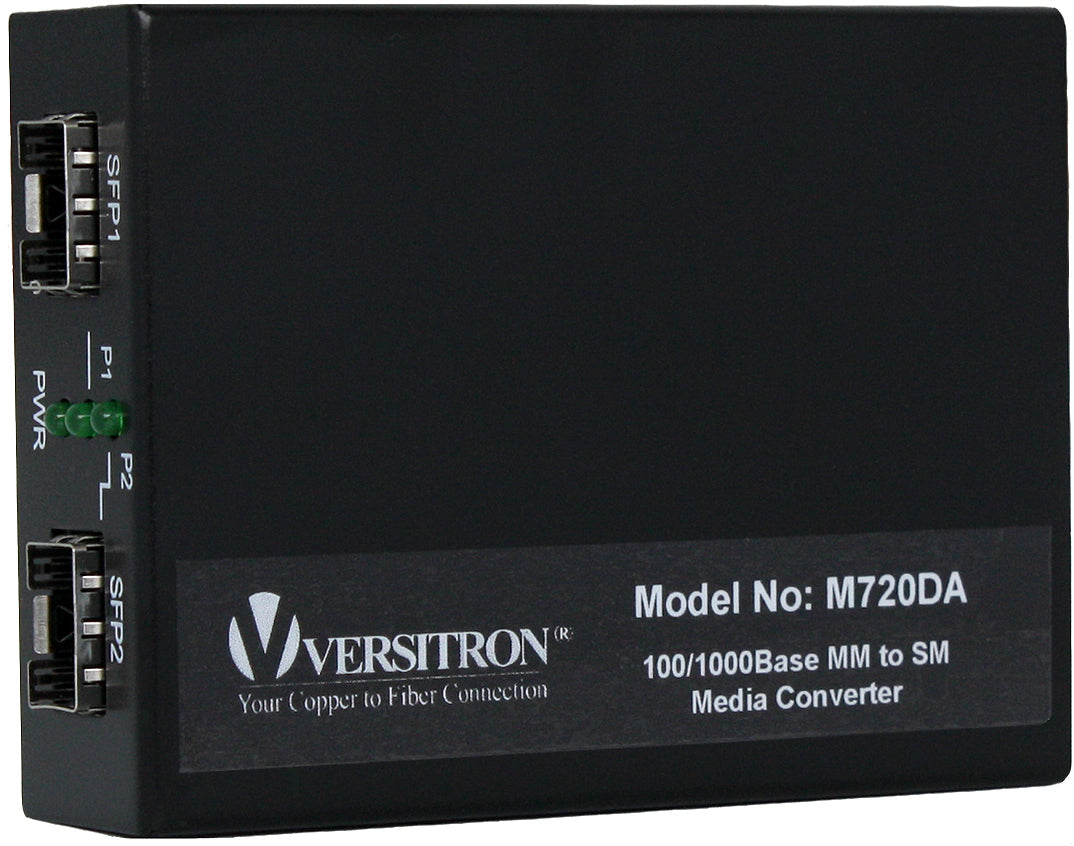Right from the good old days of analog telephones and faxes, cables and connectors have been an integral part of network communication. With the advancements in electronics, internet technologies, and the importance of data communication apart from voice, the demand for private business networks, and subsequently the required devices has only grown.
RJ11 jack and RJ45 jack connectors have been there for a very long time, and in fact RJ45 is still used in copper cable data communication networks. RJ basically stands for Registered Jack, and as the numbers in the terms imply, RJ11 is much older than the later.
The numbers 11 and 45 are the interface standards. This post compares RJ45 vs RJ11 connectors and more.

What is a Registered Jack?
RJ stands for registered jack. These jacks serve as an interface for telecommunication as well as data networks. They connect voice or data devices to a central router or modem, especially in small sized networks. In large networks, they are used with the help of switches.
Any RJ45 connector has male and female versions. Male parts are the plugs on Ethernet cable ends, while female parts are the sockets on devices. Mostly, Ethernet cables used in networks are eight strands of wires that are paired, which means there are four sets of twisted wire strands.
This wiring is based on 8P8C configuration, wherein P stands for position and C stands for contact. The standard wiring used for the functioning of RJ45 network connectors is T568A or T568B. Both these standards have different types of connectivity and are color coded accordingly.
The male connector has pinout locations wherein all these eight strands of Ethernet cable must be connected accurately for the correct functioning. With the help of these connectors, you can simply plug in a device directly into a modem or router for internet connectivity. This is especially useful when working on standalone computers.
RJ11 Vs RJ45
RJ11 and RJ45 are types of cable connectors. The RJ11 connector is used to transmit analog data for landline phones or fax machines, while the RJ45 connector is used to transmit digital data, such as Ethernet. RJ11 has 4 pins, and RJ45 comes with 8 pins.

Let's understand both connectors better.
What is an RJ11 Connector?
RJ11 as discussed before was widely used in analog telephony to connect the phone instrument and the cable. Now it is mostly used to connect to modems and is still used in landlines. It is a 4-slot connector and has six pins, which means you cannot fit it into an RJ45 slot. It is used in PSTN telephone lines to connect telephone cables which are technically different from Ethernet cables.
How Does RJ11 Connector Work?
RJ11 connectors are primarily used for telephone cables. They work by connecting the wires from a telephone line to the phone jack. Typically, an RJ11 connector has either 4 or 6 wires. Each wire carries signals that represent audio or data, such as voice conversations. When you plug in an RJ11 cable, it establishes a connection between your telephone device and the telephone network, allowing you to make calls.
What is an RJ 45 Connector?
Unlike RJ11, these connectors are used for both telecom and data networks. RJ-45 connectors have 8 pins and these are typically used to connect Ethernet cables to a switch or serial data modem. You would commonly find switches with RJ45 connectors in copper cable networks. Some switches have RJ45 as well as SFP fiber ports and hence these can be used in fiber networks as well. So, these are typically used for data communication networks where IP voice telephony may also be there. As mentioned, there are male and female connectors. Here are the details.
How Does RJ45 Connector Work?
RJ45 connectors are commonly used for Ethernet cables, which are used to connect devices to local area networks (LANs) and the internet. They work by securely connecting 8 wires inside the cable to transmit data between network devices such as computers, routers, and switches. Each wire carries signals representing binary data (0s and 1s). When you plug in an RJ45 cable, it establishes a connection that allows devices to communicate and share information over the network.
What is the Difference Between RJ11 and RJ45?
|
RJ-45 |
RJ-11 |
|
RJ-45 connectors are used with Ethernet cables. |
RJ-11 connectors are used for connecting telephone wires. |
|
RJ45 connecter is broader than RJ 11 |
RJ-11 smaller in size and has narrow plugging end |
|
The maximum bandwidth supported by RJ-45 is typically up to 10 Gbps over Ethernet. |
The maximum bandwidth supported by RJ-11 is typically up to 24 Mbps. |
|
The number of wires connected with RJ-45 is 8. |
The number of wires connected with RJ-11 is 4 or 6. |
|
RJ-45 is an 8P8C connector (8 positions, 8 contacts). |
RJ-11 is typically a 6P2C or 6P4C connector (6 positions, 2 or 4 contacts). |
- Cable type: RJ45 connectors commonly connect to Cat5 and Cat6 cables, while RJ11 simply connects to a telephone cable.
- Device connectivity: RJ45 can connect to various devices in a copper cable network such as switches, cables, computers, routers, and so on.
- Sockets and ports: Switches with RJ11 connectors comprise mainly two sockets for a 2-line telephone system. On the other hand, switches with RJ45 connectors are of various types such as managed switches or unmanaged network switches 4,5, 8, 10 or even 20 ports. Some switches support fiber connections as well and hence have SFP+ ports on one end and RJ45 on the other. The number of ports may vary.
- Flexibility: RJ45 connectors are definitely more flexible than RJ11. One cannot connect an RJ11 connector to an RJ45 compatible device, port, or interface; however, RJ45 connectors are backward compatible and suitable for RJ11 based analog telephony devices.
- Shape and size: RJ11 connectors are square shaped and typically small and compact. RJ45 connectors are long and mostly rectangular. Also, they need to accommodate more number of wires than the former.
Do you have an existing legacy network which you plan to expand in terms of transmission distance and speed? If yes, it would be wise to blend fiber optics into your existing copper cable network. However, ensure you source all the network devices from a certified and reliable manufacturer and supplier. VERSITRON offers several network devices compatible with copper as well as fiber networks. The company offers Fiber Optic network switches and fiber media converters with RJ45 ports for copper as well as SFP+ ports for fiber.
FAQs
The function of RJ45 connectors is to provide high-speed data transfer and networking capabilities. They are the standard interface for wired Ethernet connections, enabling fast and reliable data communication in Local Area Networks (LANs) and Wide Area Networks (WANs).
Yes, RJ45 connectors are commonly used for internet connections. They support high-speed data transfer, making them essential for reliable and fast internet access in homes, offices, data centers, and various other networking environments.
RJ45 (wired Ethernet) connections are faster and more reliable than Wi-Fi (wireless) connections. Wired connections through RJ45 offer higher data transfer speeds and lower latency since they are not susceptible to signal interference or distance limitations, resulting in more consistent and faster data transmission.
Yes, RJ45 connections have speed limits based on the category of Ethernet cable used. The most common categories are Cat5e, Cat6, and Cat6a. Cat5e cables support speeds up to 1 Gbps, Cat6 cables up to 10 Gbps, and Cat6a cables up to 10 Gbps over longer distances.


